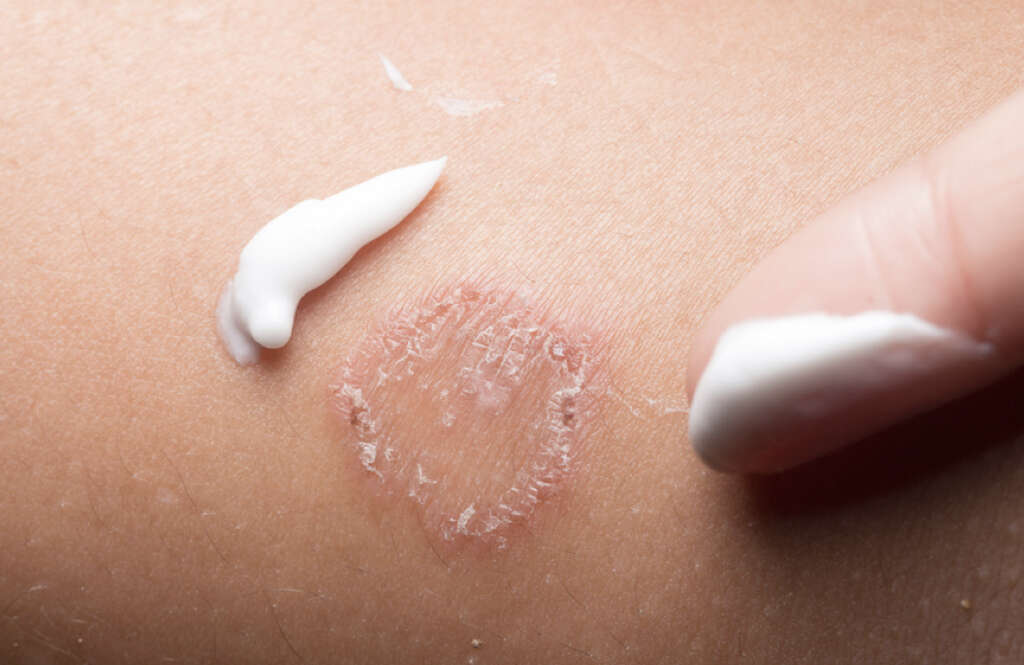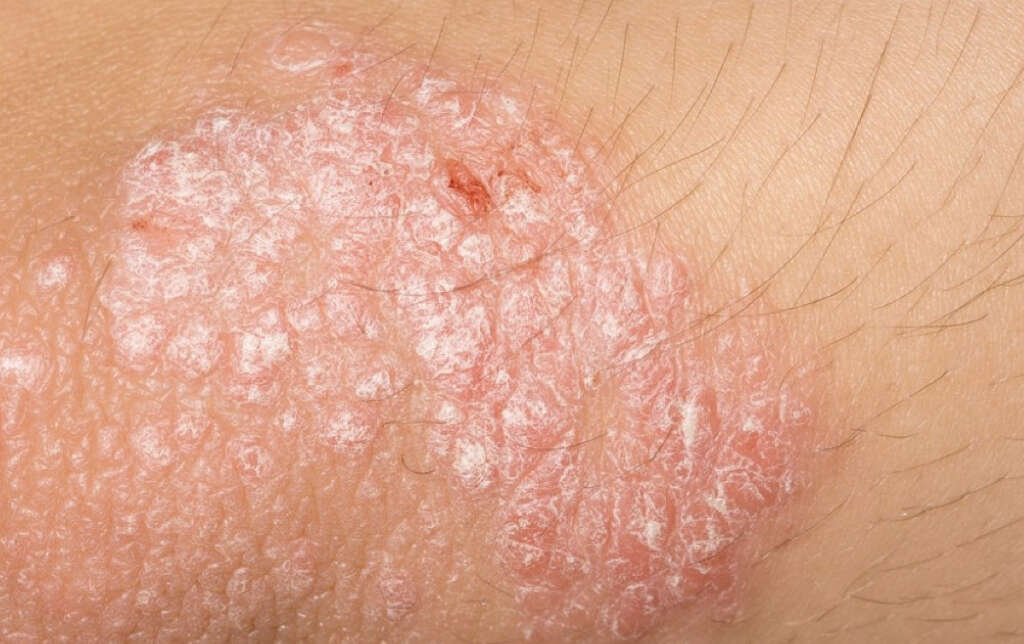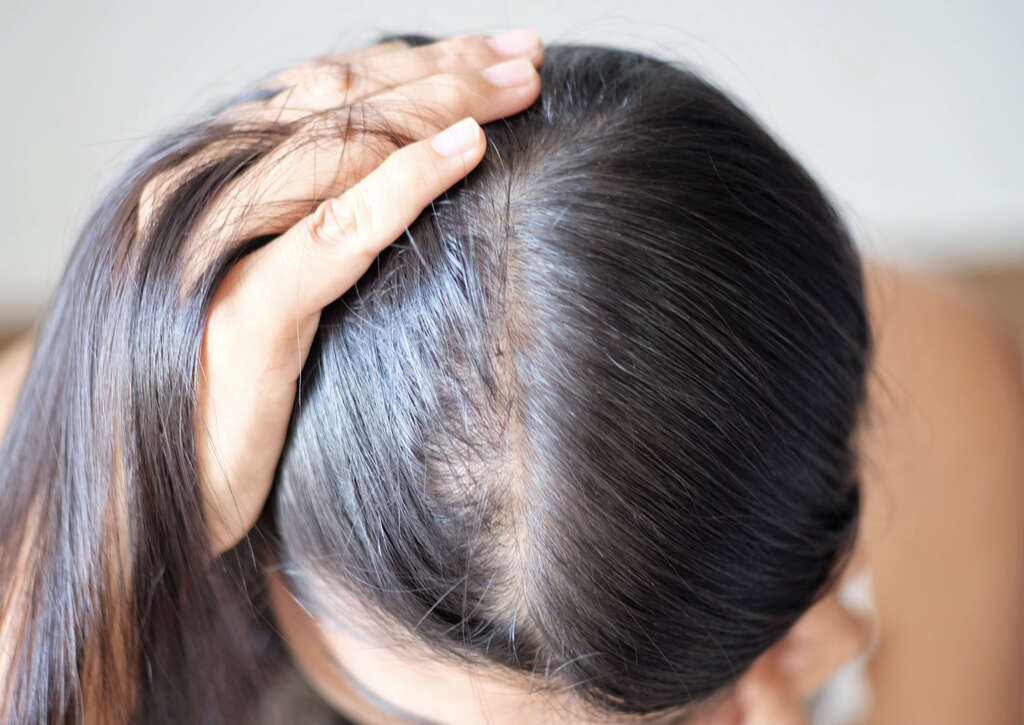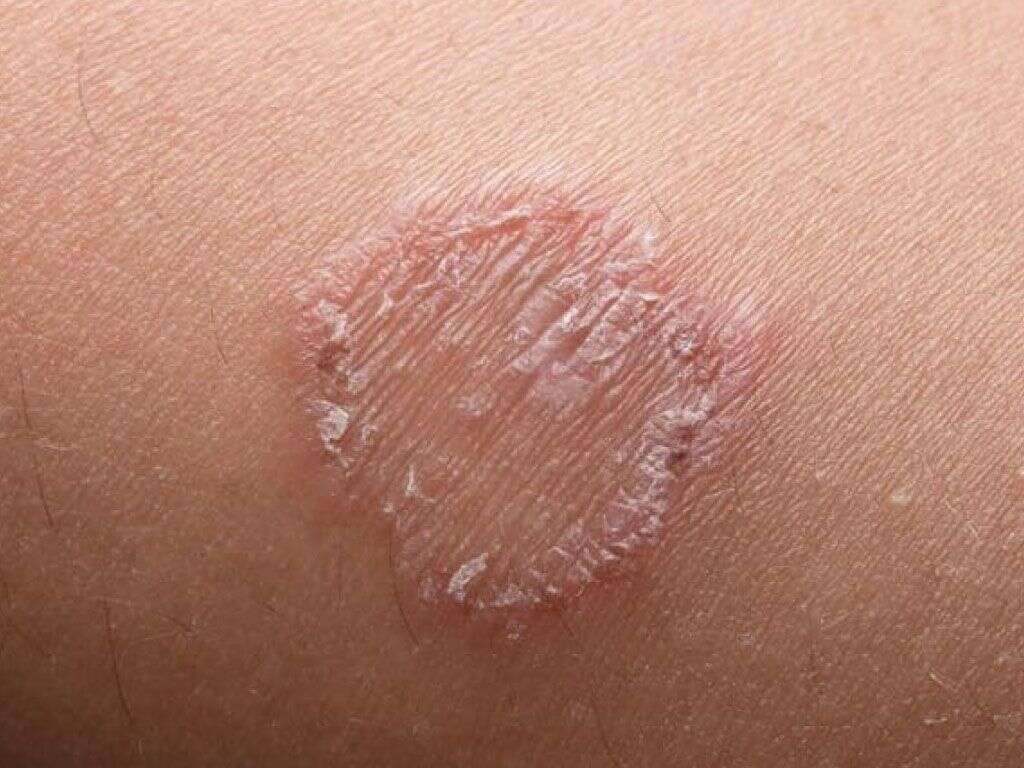All About Ringworm In Humans
There are countless types of fungi, and some of them can be troublesome for us. Some are toxic and should not be eaten, whereas others can form mold in our homes that is often very difficult to remove. Others can even infect our bodies, potentially causing problems to our health.
Ringworm is a disease that is caused by a particular type of fungi, although it is very unlikely to cause any health issues. Instead, the infection will remain in the surface layers of the skin where they will do us no harm. The condition can be treated, and treatment is recommended to help prevent the condition from being spread further.

1. Ringworm In Animals
Ringworm is a common disease in animals including cats, dogs, and other pets that people have living with them in their homes. The disease can also be found in other domesticated animals such as cows, pigs, sheep, and goats. It is a highly contagious disease, and contact with other infected animals and surfaces is all it takes to be infected in many cases.
Ringworm is not usually serious in animals and can be treated relatively easily. However, it can lead to complications if it is left untreated for too long. If you do suspect pets or other domesticated animals have the disease then you should speak with a veterinarian.

2. Ringworm in Humans
Ringworm can also be found in humans. As with animals, the disease is usually harmless, although it can be mildly uncomfortable. The disease gets part of its name from a ring-like rash on the skin that helps make it easy to identify. However, the disease is not caused by any species of worm, but is instead caused some types of fungus.
Ringworm is also highly contagious in people, and contact with an infected person is all it takes for the disease to be transmitted. The condition can be treated, and treatment is recommended despite the mild nature of the disease. This is to help prevent the spread of the fungus, and because complications could happen otherwise.

3. Transmission
As mentioned, all it takes is brief physical contact with other people for the disease to be transmitted. However, it will need to be skin to skin contact with the affected area. It may also be transmitted by shaking hands with somebody that has just been touching an infected area. It can also be spread to different areas of the same body.
Another fairly common method of transmission is by using shared items like towels, clothing, and hairbrushes. It can also be transmitted between different species, and many people will become infected after petting their pets that are affected.

4. Jock Itch
Ringworm is closely related to some other fungal infections that can affect humans. One of these is jock itch. This disease is caused by a fungus that tends to infect warm, moist parts of the skin. It is often found in the crotch area and is common in athletes, hence its name.
Another disease closely related to ringworm is athletes’ foot which, as the name suggests, infects the feet. This is often caught around pool areas and in locker rooms where bare feet are likely to be in contact with the ground. Another relative is ringworm of the hair, which is also known as scalp ringworm.

5. Symptoms
A ringworm infection will typically cause a rash. The rash will usually be located on the trunk of the patient’s body, as well as the legs, buttocks, legs, and arms. The rash will be circular in appearance, and there will also often be a red patch in the center. This has led to the rash often being described as having the appearance of a bullseye.
Ringworm will sometimes infect more than one patch of skin. When this happens, the rings can overlap other rings. The infected areas can become scaly, and the rings will likely be raised slightly from the skin. The rash will be itchy for some people, but it will not cause any other unwelcome symptoms.

6. Complications
As mentioned, ringworm is only a very mild disease in the vast majority of cases. This does not mean that it should be treated with complacency, however, as it does have the potential to get worse. In some people, the skin can become broken, paving the way for bacteria to enter the body and cause further infections.
The disease will also cause permanent hair loss in some cases, and it will also sometimes leave scars behind. Rarely, the disease can penetrate beneath the skin and infect other parts of the body internally. The latter condition is potentially very serious, making it a good idea to treat ringworm as soon as possible.

7. Who’s At Risk
Nobody is completely safe from ringworm, and even the healthiest of people can become infected. In fact, a lot of healthy people that take part in contact sports are in a higher risk group. This is because they are more likely to experience skin to skin contact with another infected person.
People that live in a warm climate are also more likely to become infected, as are people that share clothing and other items with other people. People that keep pets, and other domesticated animals are also more likely to contract the disease. Another higher risk group is people that have a weakened immune system.

8. Prevention
One of the best ways to prevent ringworm is to avoid sharing items with other people. This especially means items like towels that can easily be contaminated with the fungus responsible for the disease. Washing your hands regularly will also help to limit the spread of ringworm, and other diseases.
If you take part in contact sports then you should shower as soon as you have finished. This can help to remove any of the fungus from the skin before it has the chance to take hold. Areas in schools and public areas should be kept as clean as possible to help prevent the infection from spreading.

9. Diagnosis
There are not many other diseases that will cause a rash as distinctive as the one caused by ringworm. This means that most doctors will be able to diagnose the condition just by looking at it. All it usually takes for a diagnosis to be made is a brief physical exam, and some questions about your symptoms.
It might sometimes be deemed necessary for the diagnosis to be confirmed. This is sometimes the case in people that are particularly vulnerable to disease. This will mean taking a sample of infected skin, which will then be sent to a laboratory to be analyzed. Ringworm can be confirmed if the result shows that the fungus is present.

10. Treatment
Although ringworm is a very mild disease, it should still be treated. Thankfully, this is fairly straightforward and the medication can be purchased from most drug stores without a prescription. If over the counter medication is not working for you, then you should speak with your doctor about being prescribed stronger medication.
Medication from a drug store will usually be a topical anti-fungal cream. Stronger medication is likely to be oral. In addition to medication, the patient should try and keep the infected area covered. They should also try and keep the area dry and clean because the fungus prefers moist areas.











